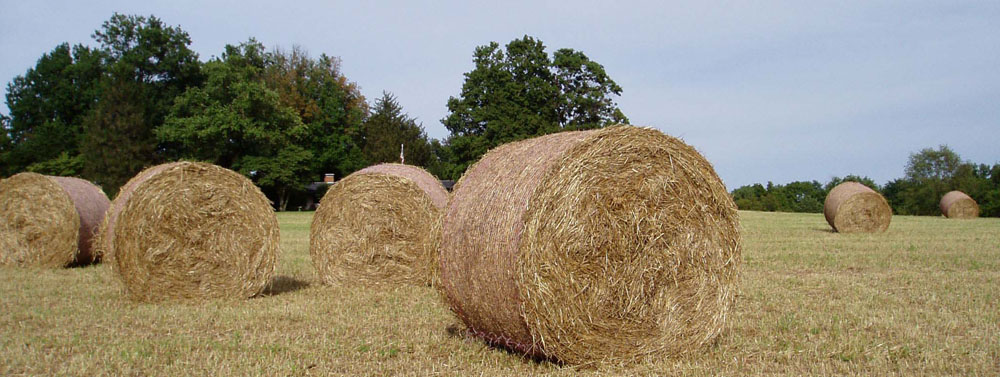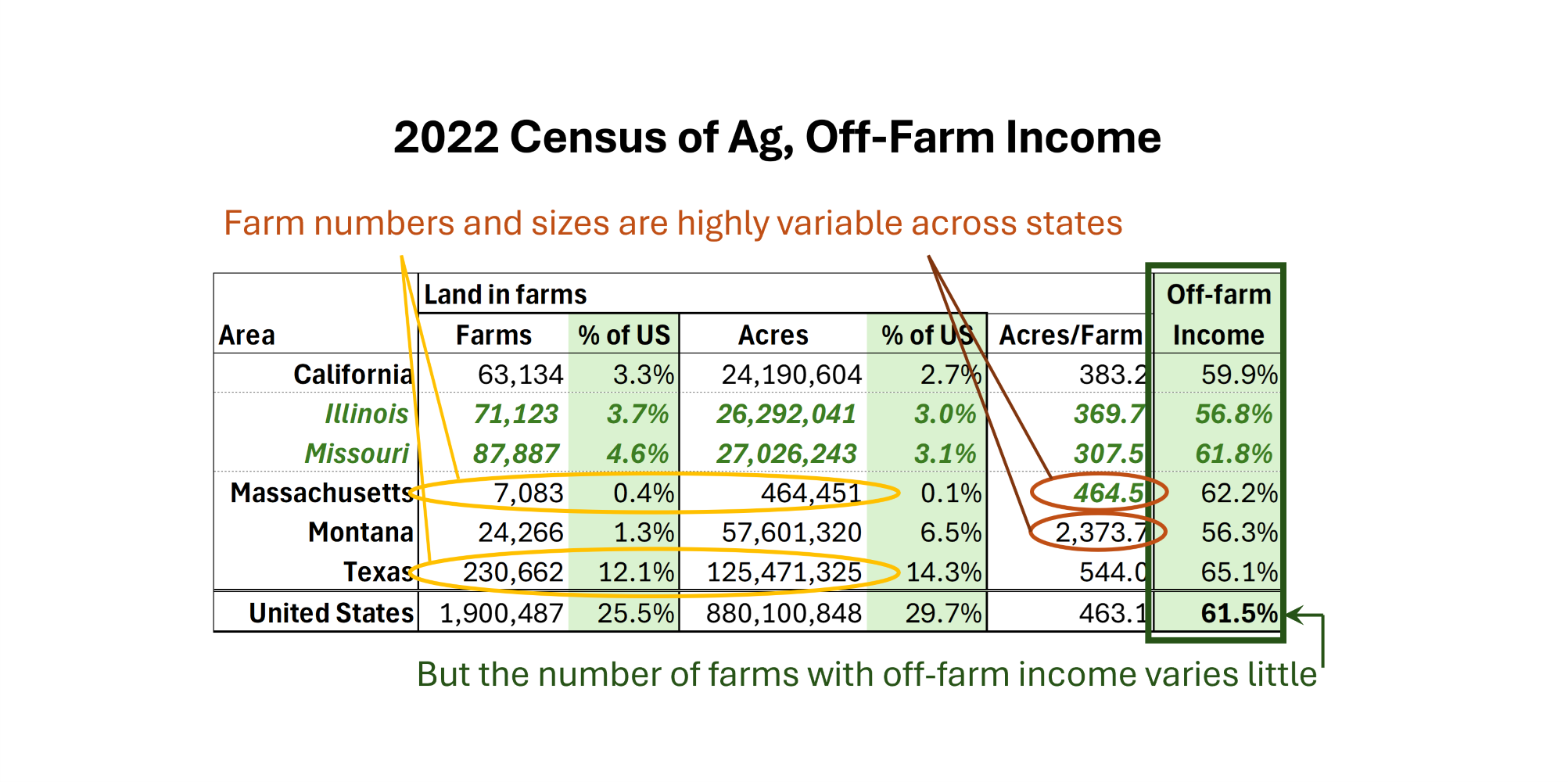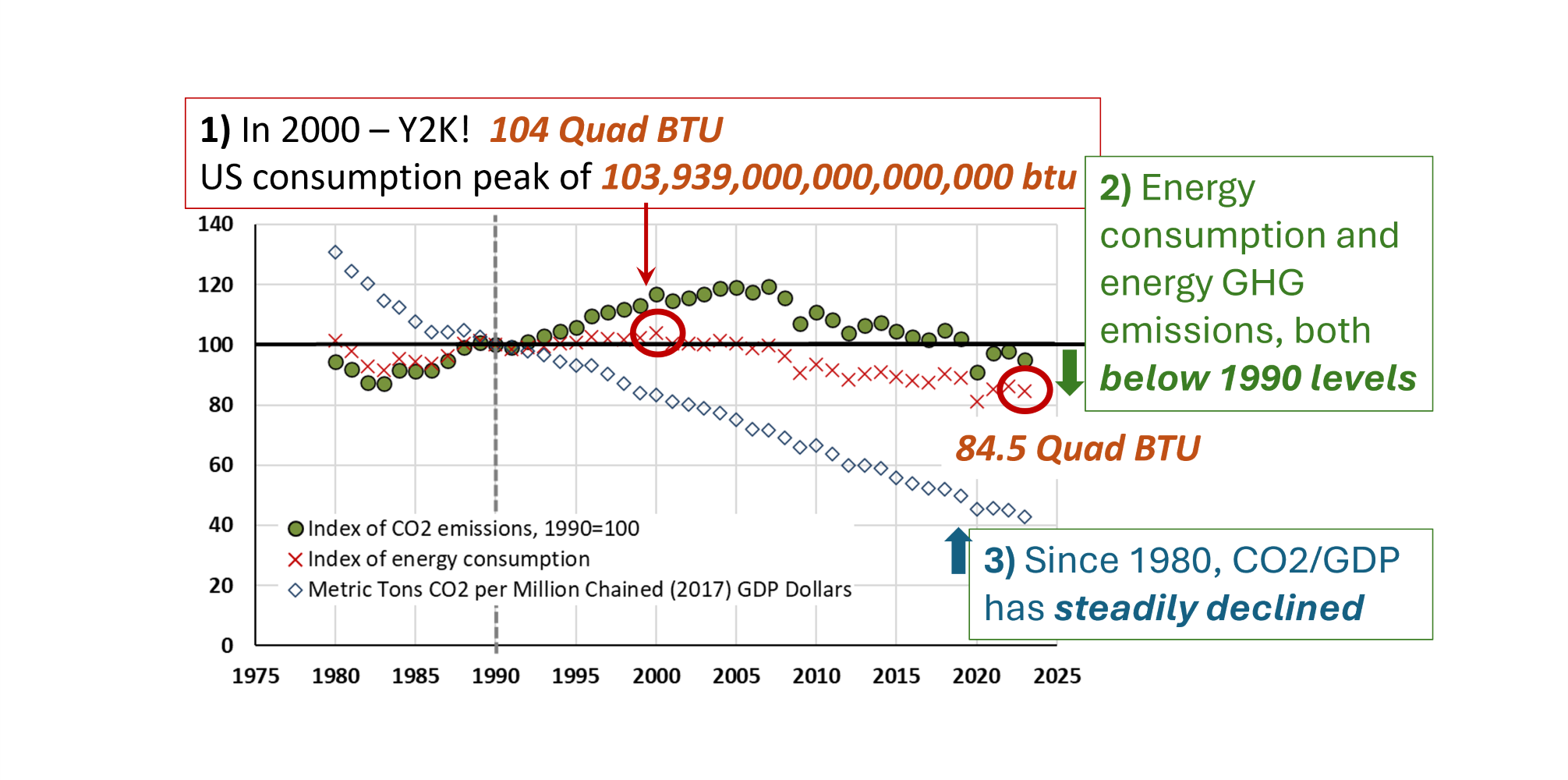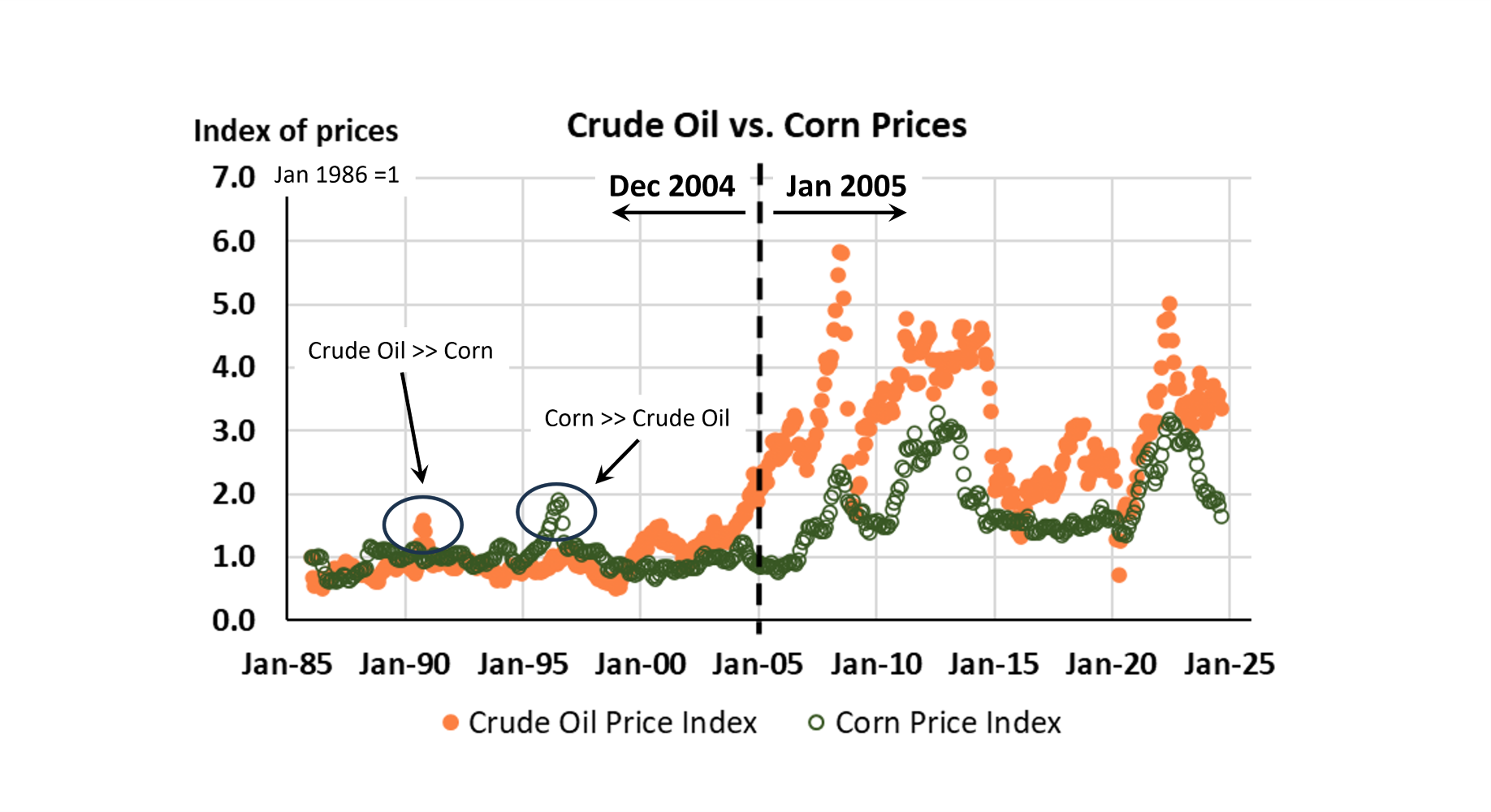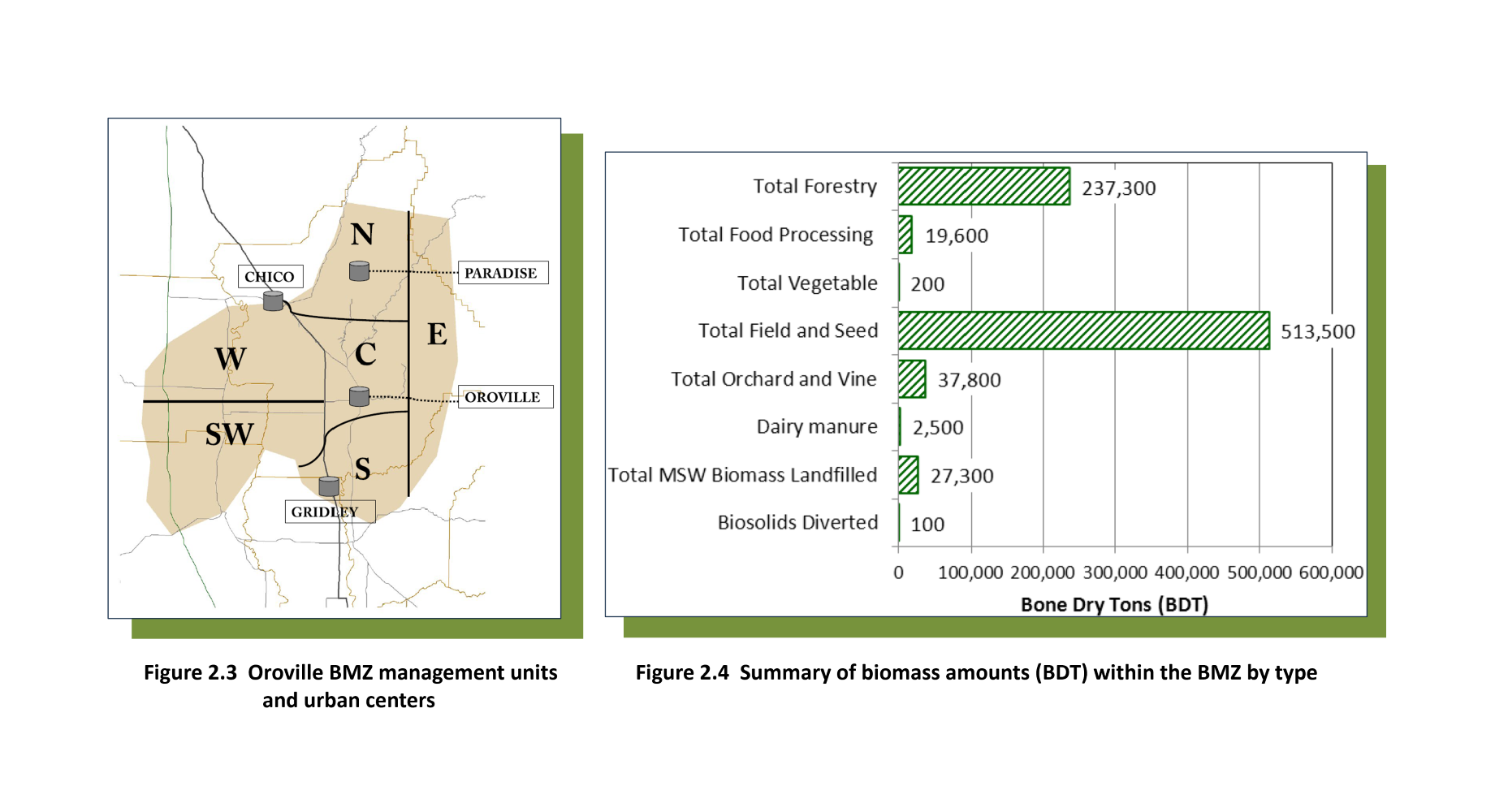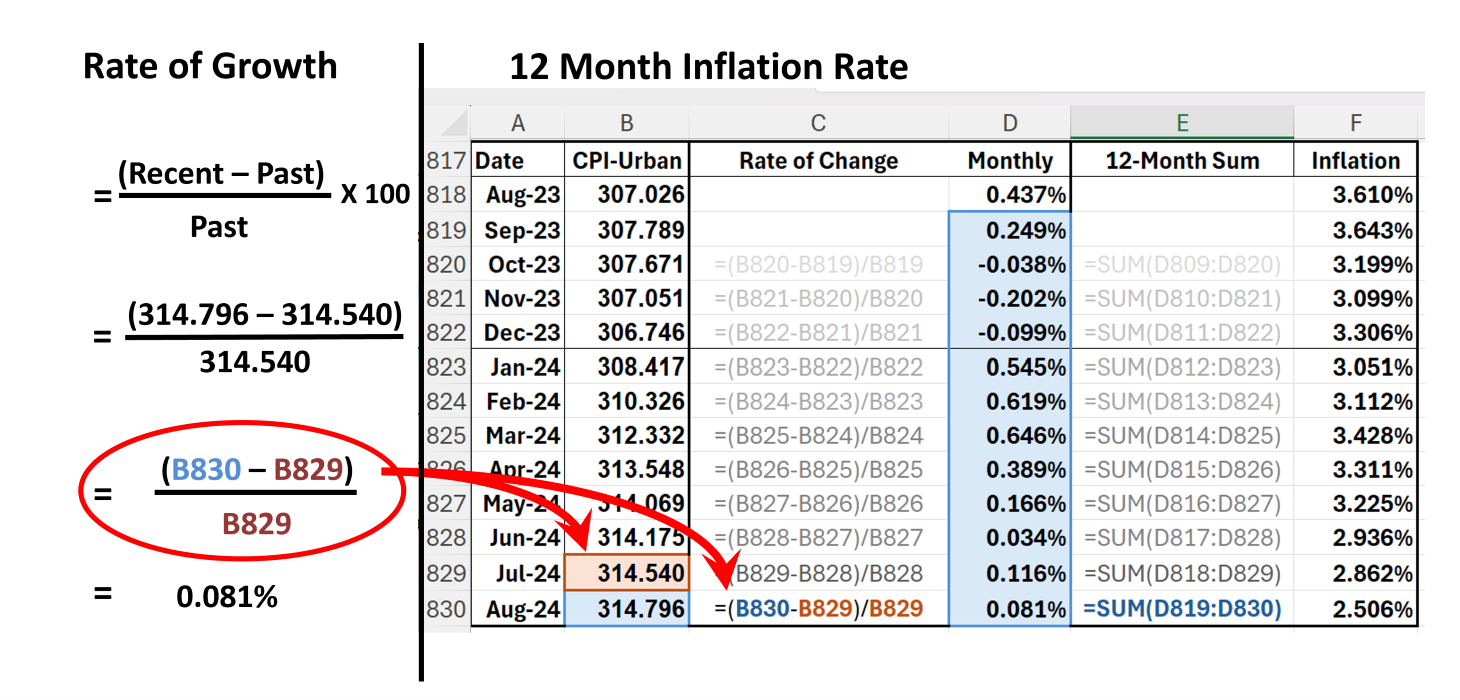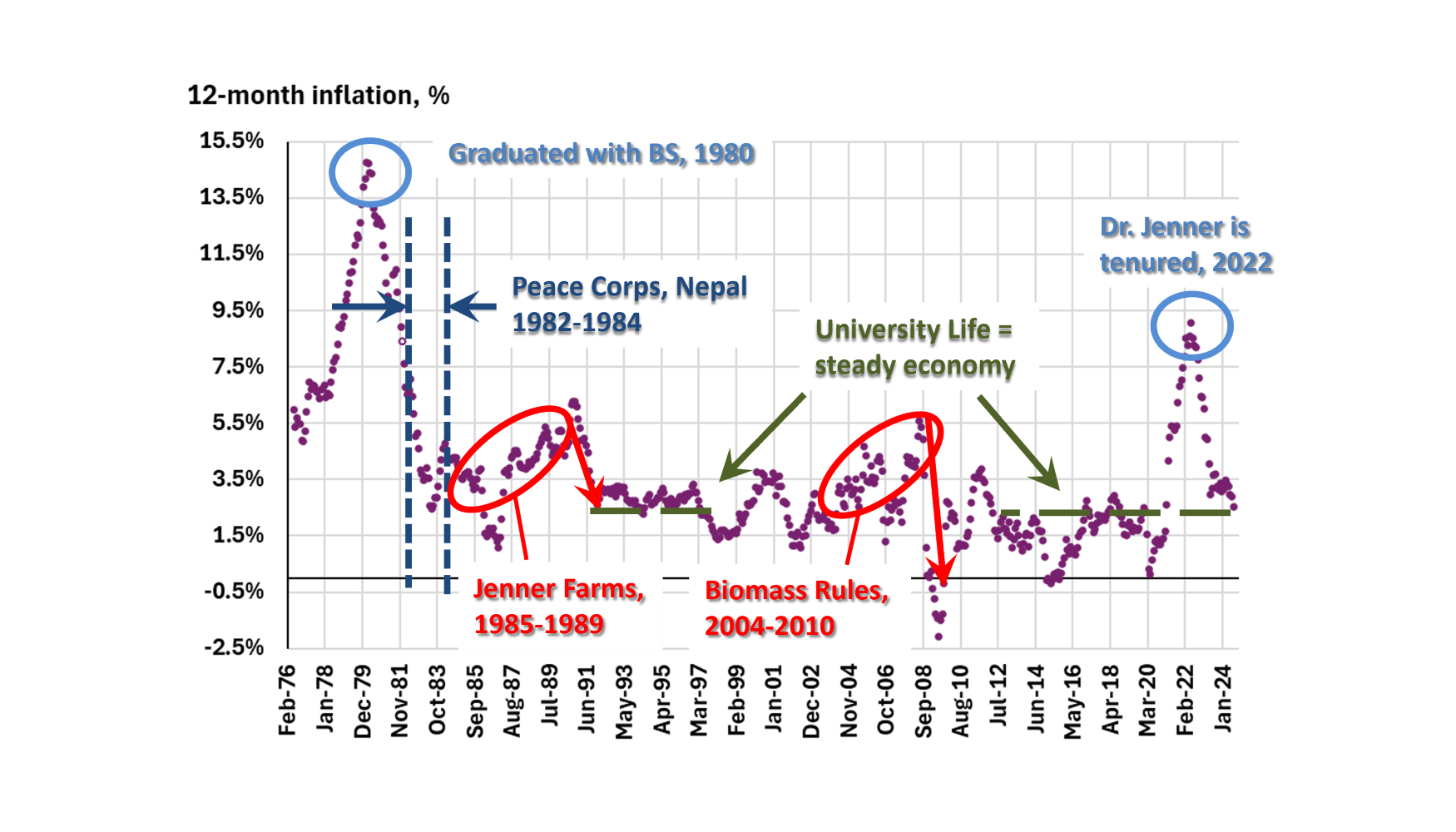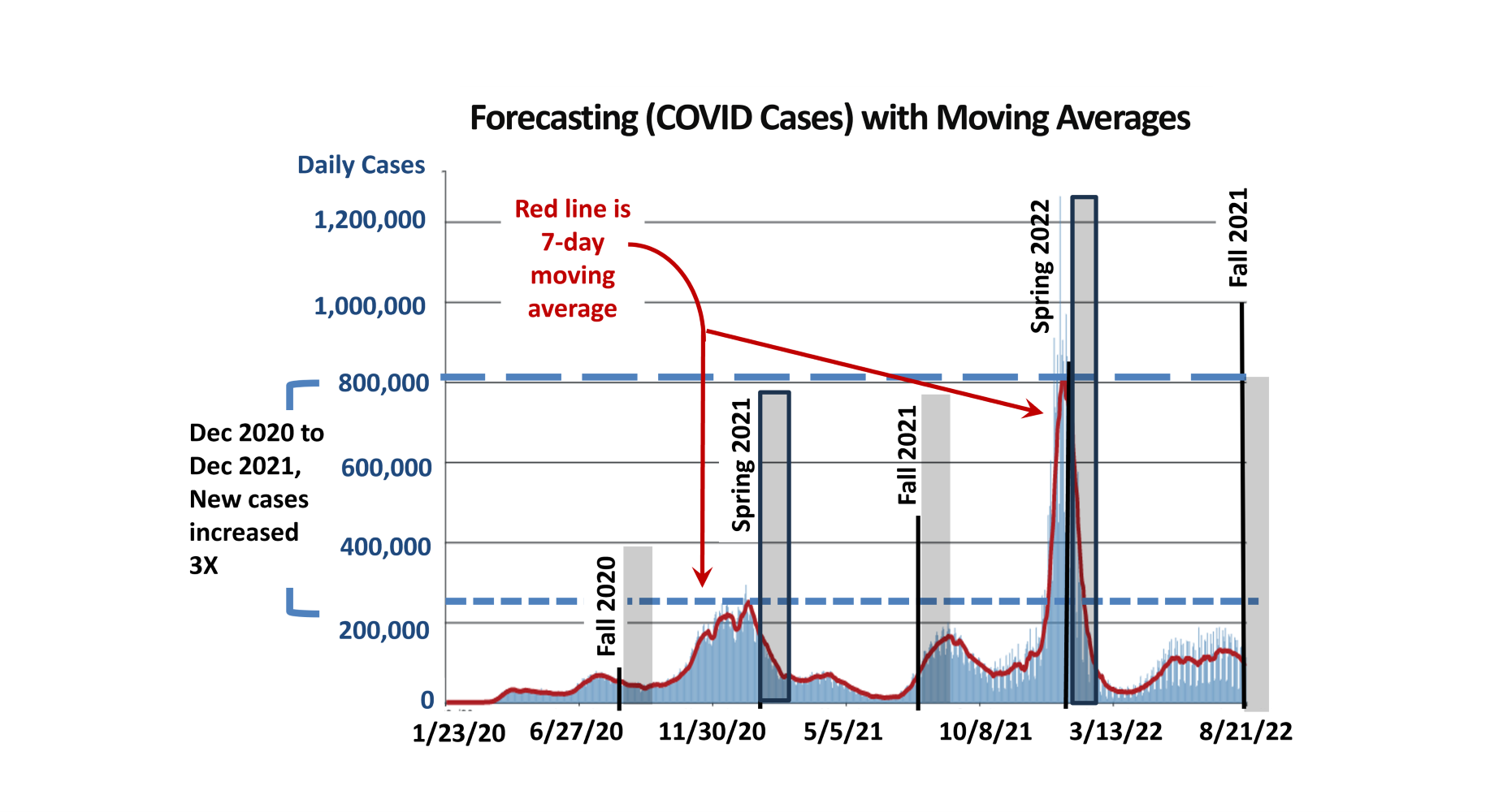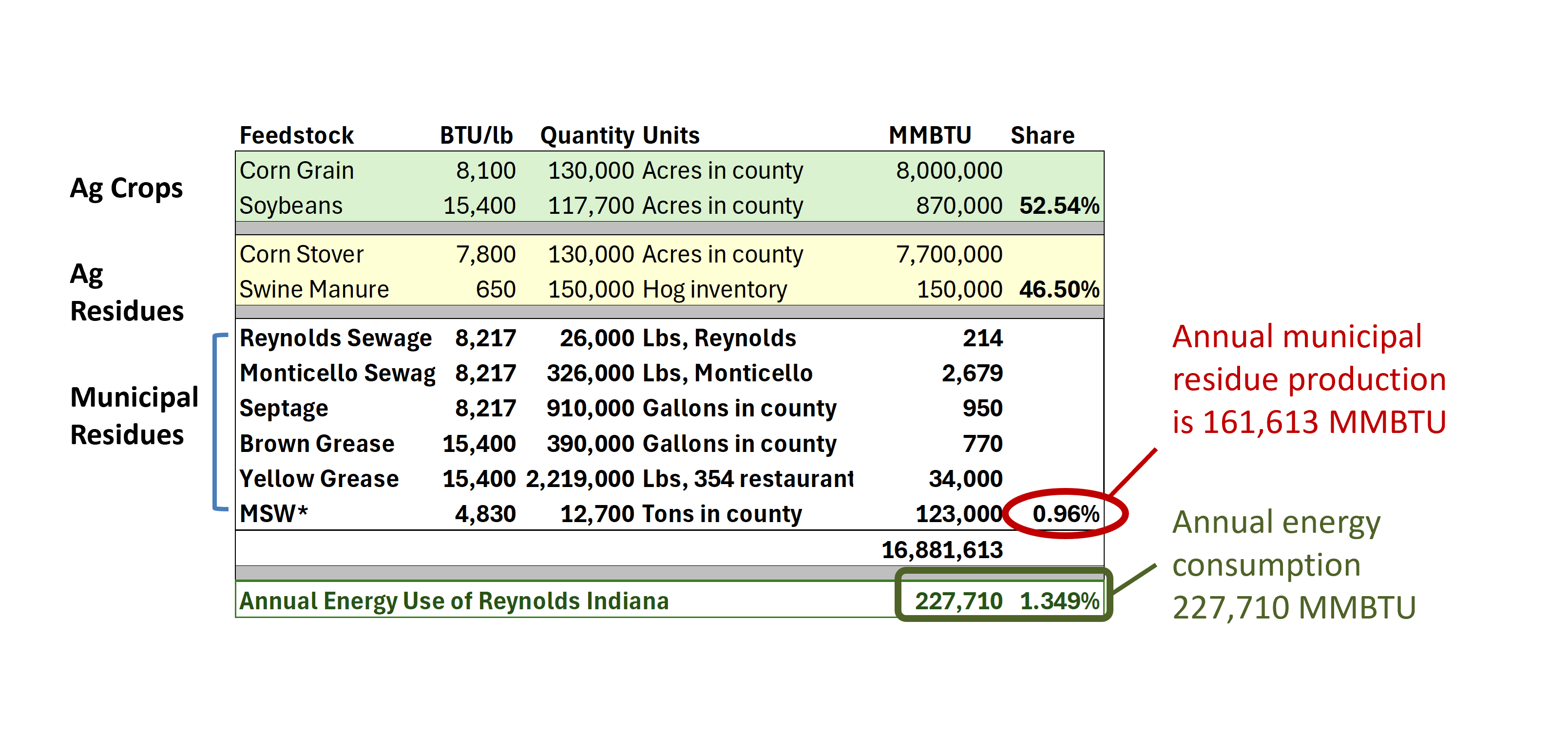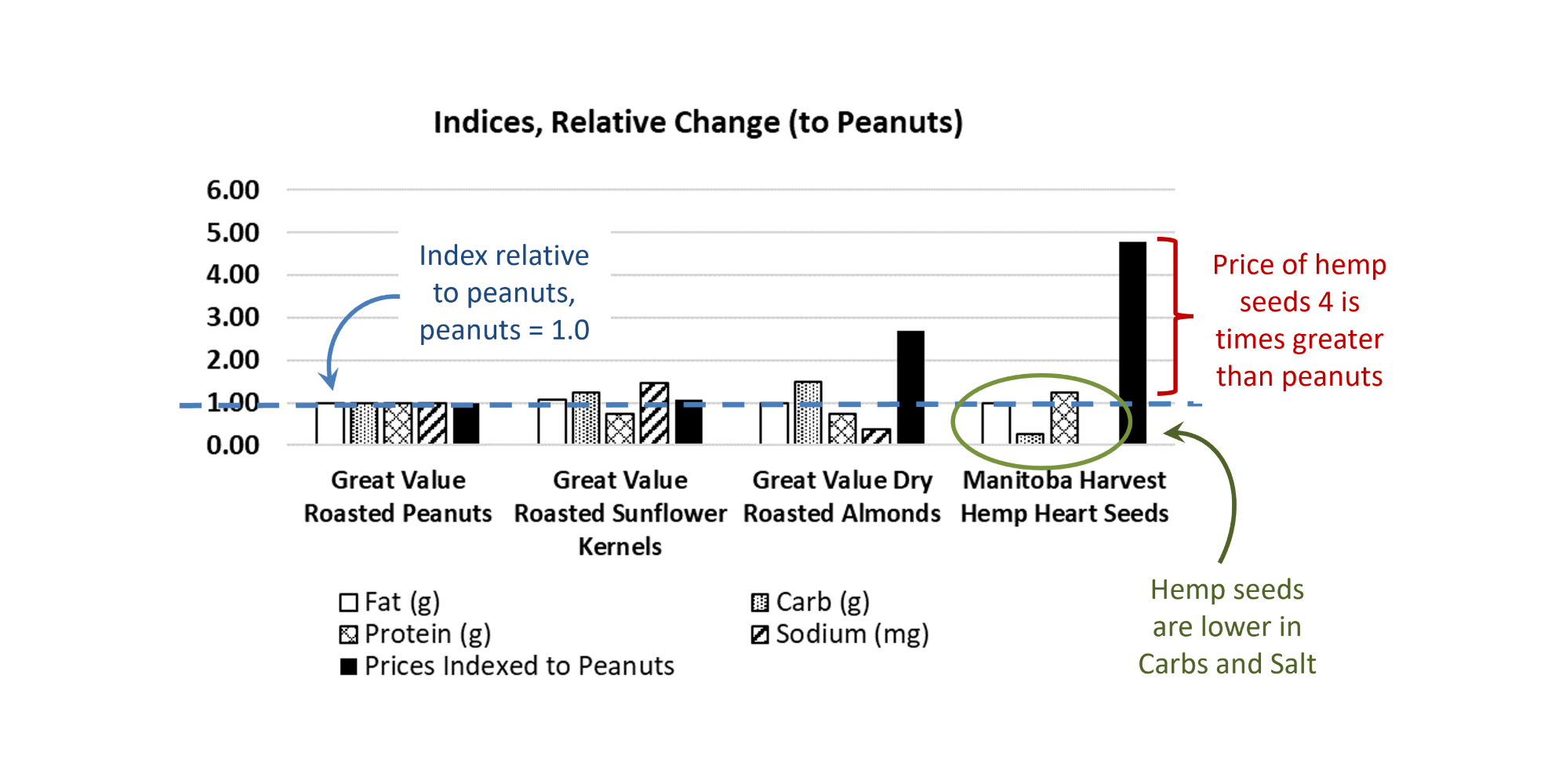Off-Farm Income as a Farm Household Business Risk Management Tool
Farm management focuses on business decision making for the business unit of the farm. But access to external cash-flows from off-farm income takes some pressure off the total dependence on the success of the farm business unit. Farm Enterprise Analysis … Continue reading →

